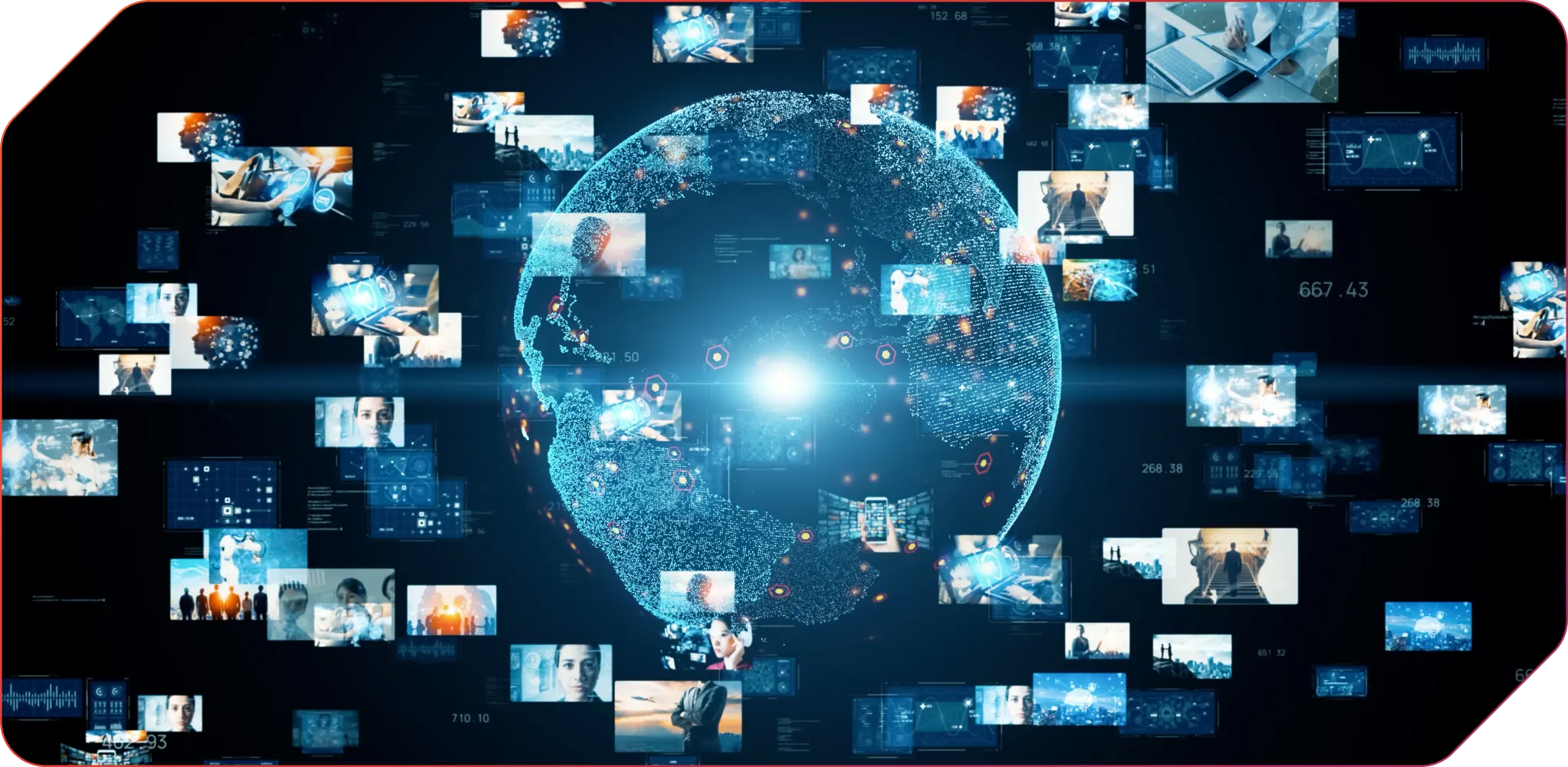Picture a future where learning isn’t just efficient, but deeply personal—where every learner’s journey is guided by intelligent systems that adapt, anticipate, and evolve. A world where assessments are automated with precision, and content flows seamlessly, tailored to meet the learner exactly where they are. This isn’t science fiction; it’s the unfolding reality of Artificial Intelligence in e-learning.
Yet, with such remarkable promise comes profound responsibility. The integration of AI into education brings not only innovation but also a critical mandate: to safeguard fairness, ensure transparency, and build unwavering trust. It’s not just about smarter platforms—it’s about shaping an ethical foundation that empowers learners while protecting their values.
Mitigating Bias in AI-Powered Content & Assessments
One of the most critical ethical dilemmas in AI-powered e-learning is the potential for bias. AI models are trained on vast datasets, and if these datasets contain inherent biases (e.g., reflecting societal prejudices, historical inequalities, or unrepresentative samples), the AI will learn and perpetuate those biases. This can manifest in several ways:
- Content Generation: AI-generated learning materials might inadvertently favour certain perspectives, exclude diverse voices, or present information in a way that is culturally insensitive.
- Automated Assessments: Algorithms used for grading essays, evaluating performance, or even recommending learning paths could unfairly penalize or advantage certain groups of learners based on factors unrelated to their actual knowledge or skill.
To mitigate bias, developers and educators must:
- Curate Diverse Datasets: Ensure that the data used to train AI models is representative of the entire learner population, actively seeking out and including diverse perspectives.
- Implement Bias Detection Tools: Utilize tools and methodologies to identify and flag potential biases in AI outputs and decision-making processes.
- Human Oversight & Review: Maintain a crucial human element in the loop to review AI-generated content and assessment results, providing a crucial layer of ethical scrutiny.
- Audits: Audit AI systems by continuously monitoring for fairness and equity; adjusting as needed.

Ensuring Transparency in AI Decision-Making
|
For learners and educators to trust AI-driven learning environments, there must be a degree of transparency in how AI makes decisions. Unlike traditional educational methods where an instructor’s rationale might be clear, AI’s “black box” nature can lead to confusion and distrust if its operations are opaque. Transparency in AI in e-learning means:
Achieving transparency often involves developing “explainable AI” (XAI) techniques that can articulate the reasoning behind AI’s outputs in a human-understandable way. |

Building Trust in AI-Driven Learning Environments
|
Ultimately, the success of AI in e-learning hinges on building and maintaining trust among all stakeholders – learners, educators, and institutions. Without trust, adoption will be limited, and the potential benefits of AI will remain unrealized. Building trust requires a multi-faceted approach:
|

The Role of Learning Specialists in Mitigating Ethical Challenges
Learning specialists are crucial in navigating the ethical landscape of AI in e-learning, bridging technology and sound teaching practices. They ensure AI tools are implemented responsibly and effectively by:
|
Ethical AI in e-learning is no longer a cautious consideration; it is the defining imperative for organizations determined to create learning that is trusted, inclusive, and future-ready. By moving beyond algorithms alone and embedding fairness, transparency, and accountability at the core, we don’t just harness innovation – we elevate education into a catalyst for equity and empowerment. The time is now to build AI-driven learning environments not just for efficiency today, but for the promise of a more ethical and inspiring tomorrow.
 +65 69808076
+65 69808076
 info@wordsburg.sgp1.mystaging.site
info@wordsburg.sgp1.mystaging.site








